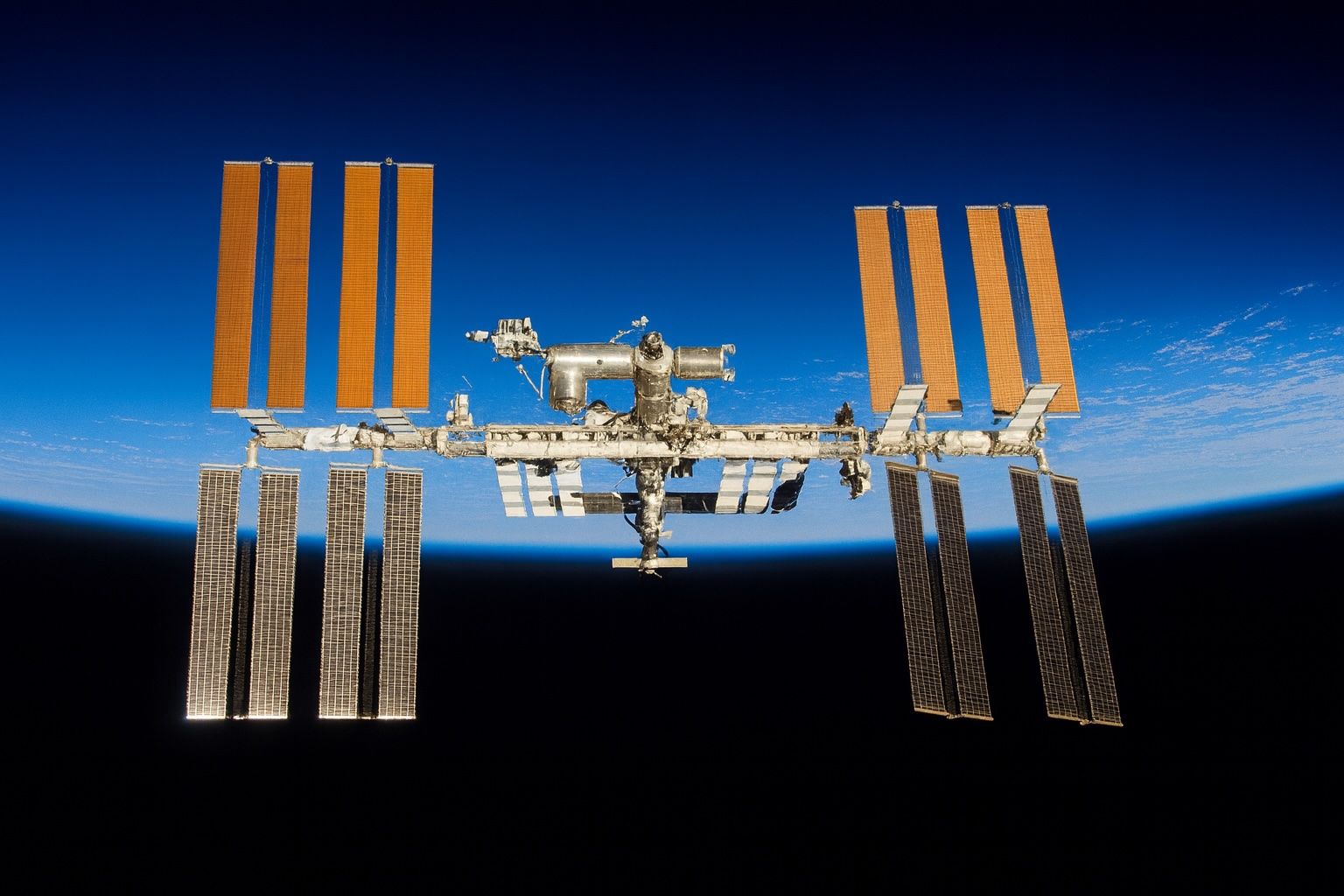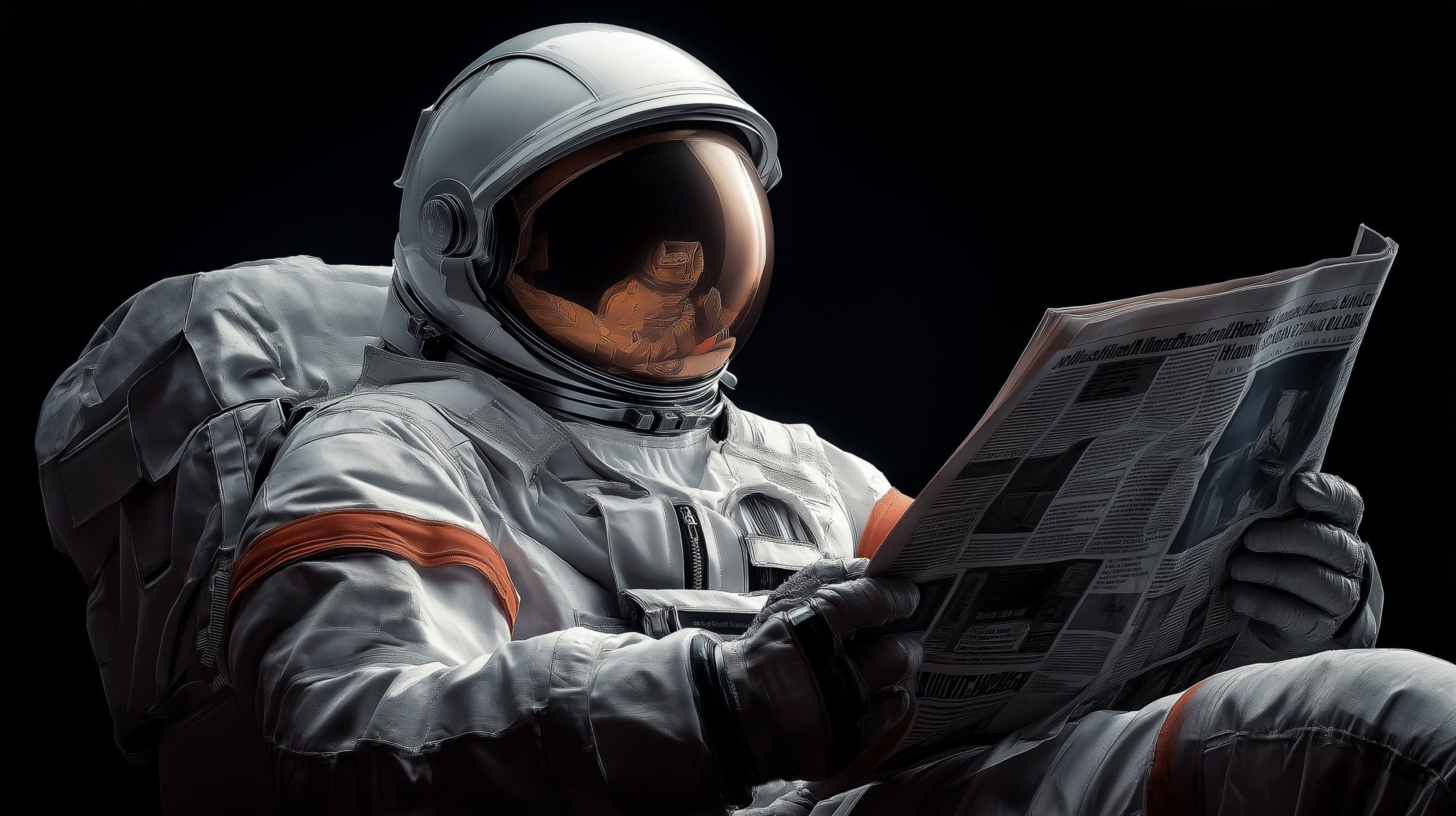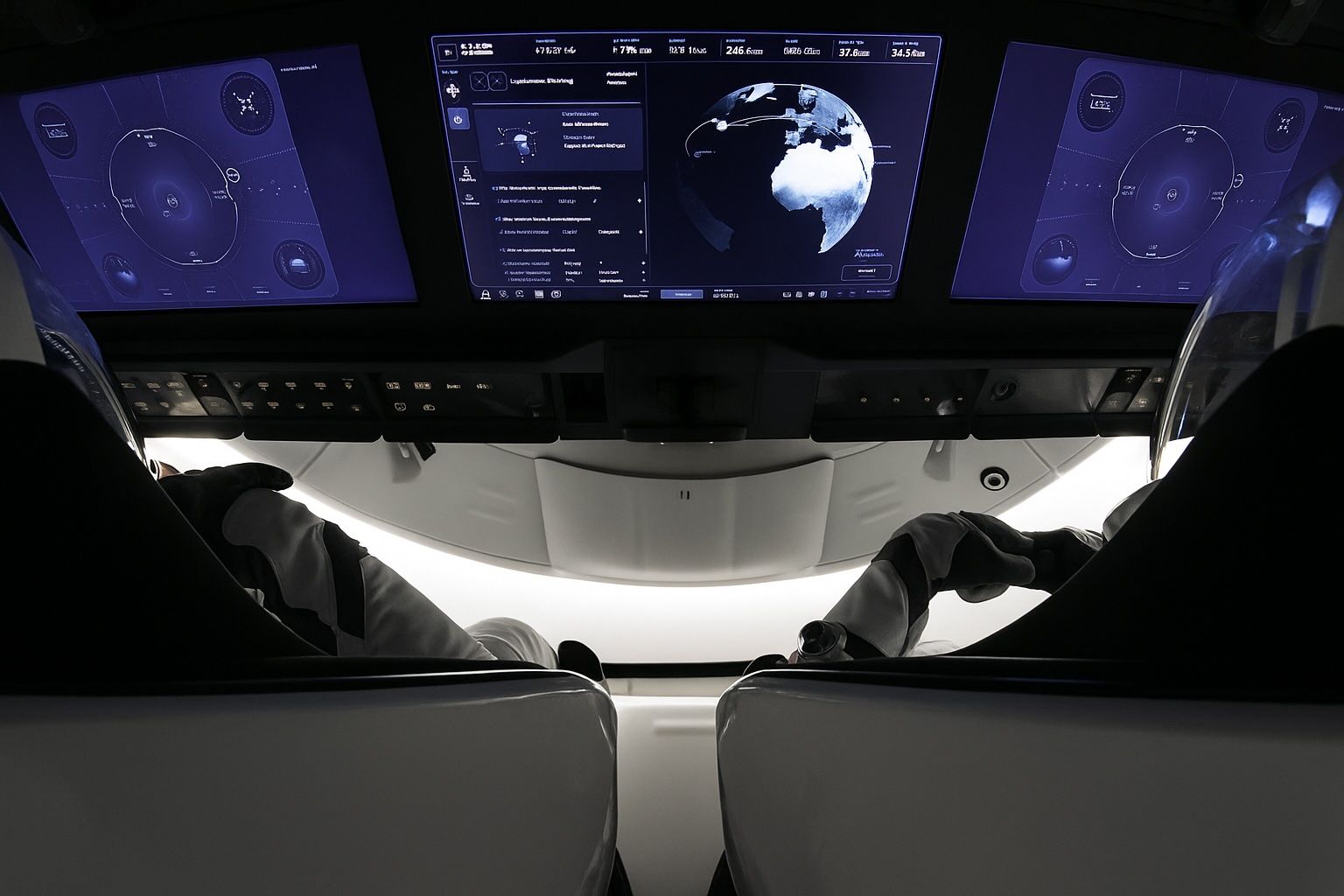
ISS Legacy and the Commercial Space Race: Why 2020s Are Launching Humanity Into Deep Space
ISS: A Launch Pad for Deep Space Exploration When the International Space Station was first assembled in 1998, NASA envisioned it as more than a laboratory. It would be a bridge into the solar system—a place to master living and





